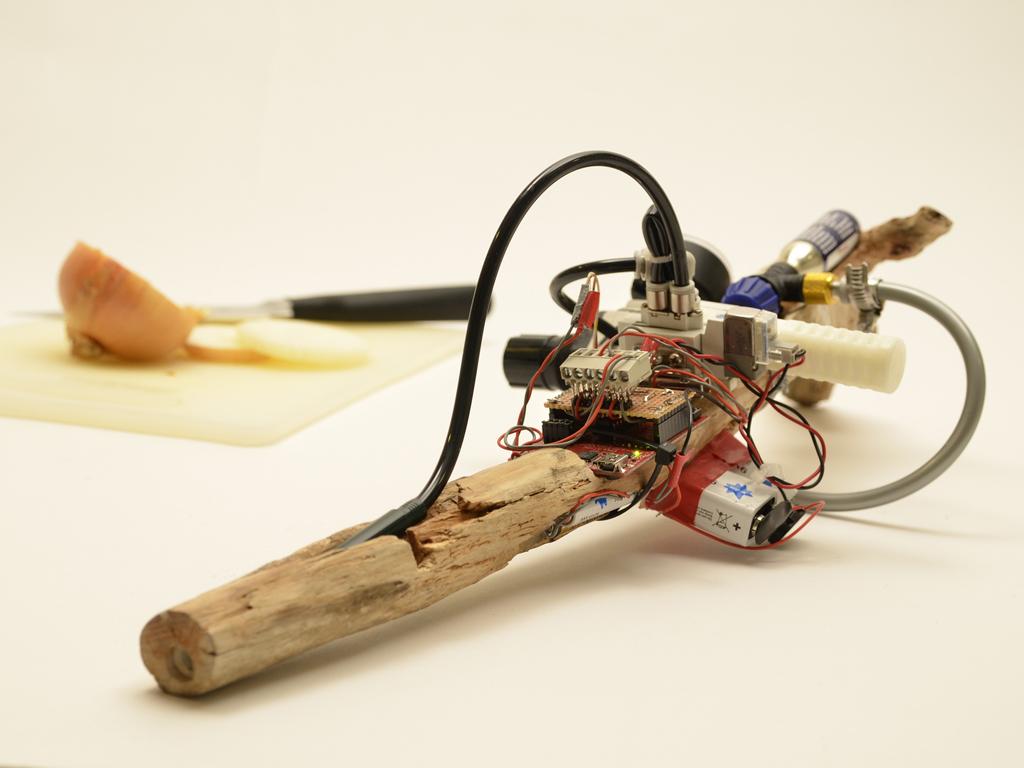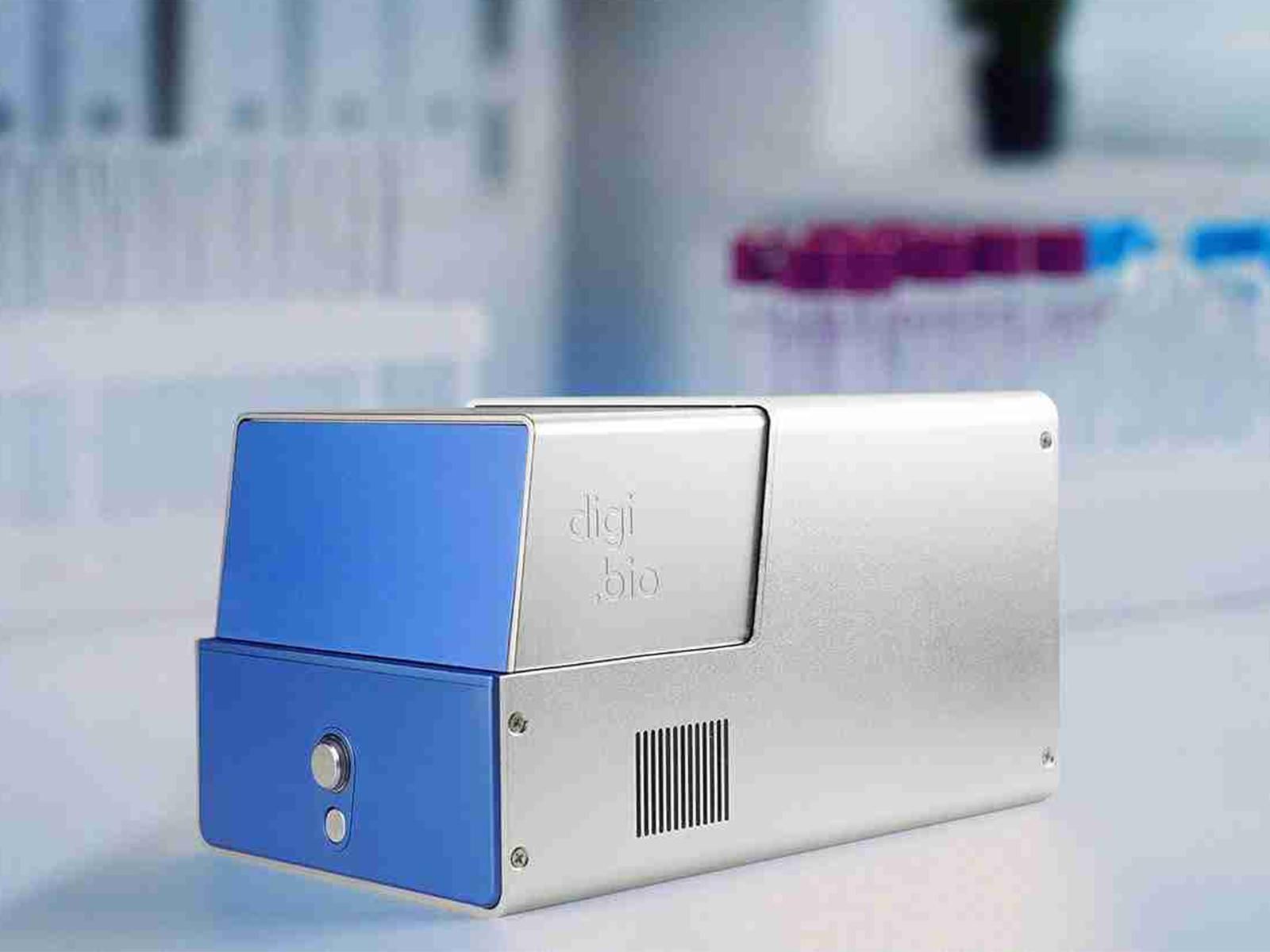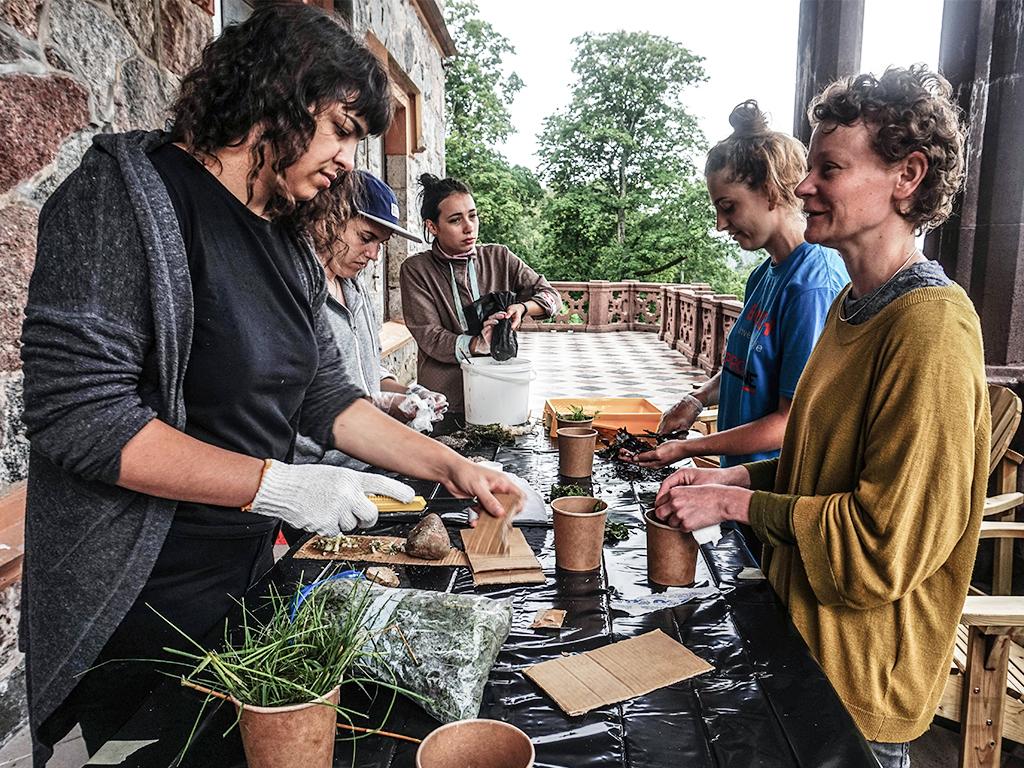Recently, I visited two exhibitions on the design of life. First I went to 'Project Genesis' during the Ars Electronica festival in Linz, and after that I visited the exposition 'Biodesign' at the Dutch Architecture Institute in Rotterdam. The cross pollinations between design, art and bio technology are exhibited more often these days, and I was curious if these two could surprise me.
In the past decades, bio-technological sciences have flourished, and bioart blossomed. It resulted in famous works like 'GFP Bunny' by Eduardo Kac and 'May the horse live in me' door Marion Laval. These works uncover in a non-normative way the paradoxes and dualities that live in our society and in science. On the other hand, companies like DNA11 normalized imagery from life sciences and brought these to our living rooms.
The recent trending topic 'Synthetic Biology' promises us new solutions for the world food situation, energy shortages and medicine. This new utopia is often met by distopian critical design/art. In current biodesign and bioart exhibitions we find themes that handle the beginning of a market economy based on (patented) genetic information, eugenetica, bio terrorism, the dignity of life and more.
Project Genesis
Entering the second floor of the Ars Electronica Center one directly notices the enormous amount of texts that are covering the walls. The curator apparently thought it was neccessary to explain technical terms like haplotypes, SNPs and chromosomes. As if this technical background is essential for the interpretation of the installations. I think this derives from a mistake often made by scientists that a lack of technical knowledge is the root of the absence of public sympathy for technology.
My main motivation to visit the exhibition were two DIY Bio projects made by members of the Hackteria network, the 'Gene Gun' by Rüdiger Trojok and the 'DIY Mobile Gen Lab' by Urs Gaudenz. They both denote the current state-of-art and dynamics of the European biohackers community.
First of all, it was a bit strange to find the suitcase that we recently had in our Fablab on display in a museum. Both works of art are intended as tools, so they seem displaced in a static showcase. They are also in contrast with the other works of the exhibition, being mostly 'speculative design' or autonomous works of art.
For an exhibition on life, it felt rather gaunt anyway. In my opinion, DIY Bio is not for a museum, but should be tools to work with.
Biodesign
This exposition upholds its reputation, and has written biodesign all over it, from the level of DNA to the largest buildings. Curator William Meyer has gathered an impressive number of works to Rotterdam. Contrary to the Project Genesis here you can find the living installations, like 'Growth Pattern' by Allison Kudla, 'Contaminant' by Steve Pike and 'Snails' by Lieske Schreuder.
Especially the snails project is an eyecatcher. In this installation the animals eat coloured paper. Their poo is used for decorative uses. The installation is a complete factory to facilitate the process.
Do we need bio 'design'?
In both exhibitions it were not the designs, but the works that use natural phenomenons or concepts that impressed me. In some ways, the 'post natural' synthetic biology projects seemed more or less artificial and overdone. Quite a lot of works dit not overcome the tendency towards spectacle or to find an elegant way to refer to the problematic morals of biodesign.
In this respect, 'Common Flowers' surprised me a lot more than 'Growth Assembly'.


